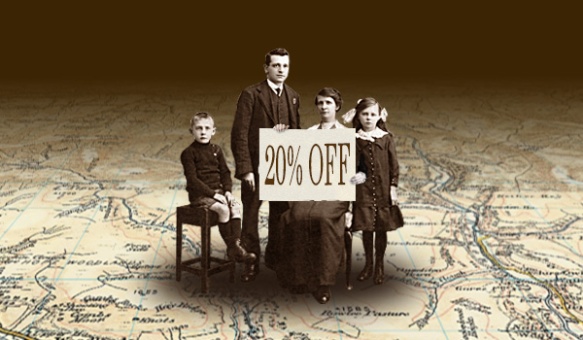
Rugby School, Warwickshire (MAP: OS Town Plans 1:500 – published in 1887)
Nearly two centuries of Rugby’s history are written in the stones that stand around Rugby School, where in 1823 William Webb Ellis is said to have first picked up the ball and run, hence inventing the game of rugby football.
Although the evidence for the story is doubtful, it was immortalised at the school with a plaque unveiled in 1895.
Webb Ellis was born in Salford, Lancashire in November 1806. After the death of his father, his mother decided to move to Rugby, Warwickshire so that William and his older brother Thomas could receive an education at Rugby School with no cost as a local foundationer (i.e. a pupil living within a radius of 10 miles of the Rugby Clock Tower).
After leaving Rugby in 1826, he went to Brasenose College, Oxford. He played cricket for his college, and for Oxford University After graduation he entered the Church and became chaplain of St George’s Chapel, Albemarle Street, London and then rector of St. Clement Danes in The Strand.
He never married and died in the south of France in 1872. His grave in “le cimetière du vieux château” at Menton in Alpes Maritimes was rediscovered by Ross McWhirter in 1958 and has since been renovated by the French Rugby Federation.
The players then were more numerous: in 1839, when Queen Adelaide visited the School, it was School House versus The Rest. The School House team numbered 75 boys and The Rest 225.
A significant event in the early development of rugby football was the production of the first written laws of the game at Rugby School in 1845, which was followed by the ‘Cambridge Rules’ drawn up in 1848 leading to the formation of the Rugby Football Union in 1871.
The code was originally known as “rugby football”; it was not until after the schism in England in 1895, which resulted in the separate code of rugby league, that the sport took on the name “rugby union” to differentiate it from the league game. Despite the sport’s full name of rugby union, it is known simply as rugby throughout most of the world.
Despite the doubtful evidence, the current Rugby World Cup trophy is named after Webb Ellis.
Find out about the history of your area. Visit Cassini Maps









